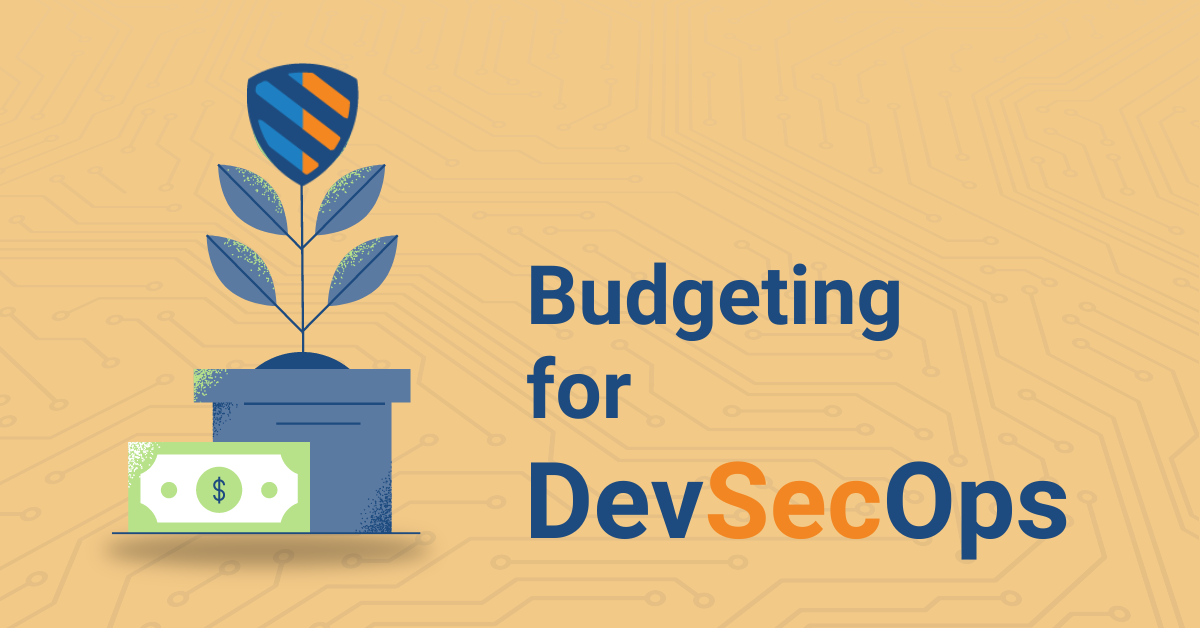
Cybersecurity is one of the areas of business that should never be ignored. Experts expect that cyberattacks will cost the world an estimated $10.5 trillion dollars in losses by 2025, making it an urgent priority for companies across every sector to get right. Not only can cyberattacks have a devastating impact on a company’s bottom line by leading to data breaches and other problems, they can also damage an organization’s reputation beyond repair. If a business fails to take the necessary time to address cybersecurity needs in its budget, it takes a significant risk that could cost them significantly if something goes wrong.
Knowing how to budget for cybersecurity isn’t always easy. There’s more that goes into it than just buying software and hardware. Training staff and developing a culture of security within an organization must also be included.
Read on to find out how companies can make sure their cybersecurity budget meets their needs.

Knowing the threat landscape is about knowing one’s enemy. Understanding what types of attacks are being used and by whom can help businesses better plan their security strategy. As malware authors continually evolve their approach, it’s crucial to stay informed about new threats and how they are being used.
In practical terms, that means:
Companies should develop an acute awareness of the different attack vectors and vulnerabilities likely to affect their organization. Good managers will place themselves in the mind of an attacker and war game ways to overcome their own defenses. Would they implant Trojan viruses, or could they instead target one of the system administrators with phishing emails?
The conclusions that emerge will determine where and how the budget should be prioritized.

The best defense is a good offense, and this is especially true when it comes to cybersecurity. Businesses need to be proactive. The hackers are always working on newer, more advanced methods of attack, so defenders should plan for the future as a whole, not just threat parameters across one single network. They need a multilayered approach that will keep their network protected from threats internal and external alike.
Many breaches happen because companies are far too complacent with their cybersecurity measures. They rely too much on one single aspect of DevSecOps. But cyber attackers are getting smarter by the day: Defenders need to be flexible and adaptive.

The point here is that cybersecurity budgets, like any other budget, should be managed with care. In determining the right amount to spend on cybersecurity in your organization, think about:
Don’t budget more than is actually needed. The goal is to ensure that the right security measures are place to protect the organization. They don’t have to be the most expensive or sophisticated engineering solutions available. They just need to work.

The average data breach costs around $4 million, and this is just for the costs incurred directly by the victim. The real cost takes into consideration lost revenue and reputational damage.
Depending on the severity of the breach, businesses may be left dealing with an immediate loss of customer trust and reputation or even litigation from customers. It can also cause them to lose out on future business if customers don’t trust them with their money or personal information anymore.
Needless to say, no company can afford to take DevSecOps lightly.
Cybersecurity should be a team effort that involves many people and departments throughout an organization. From the executive level to IT professionals to customer support personnel, everyone needs to be involved in cybersecurity efforts for the entire organization to succeed.
It’s not enough for a network security team to just deploy their solution. Everyone needs to know how those solutions work and how they should be implemented. This includes ensuring that all new hires are trained on how these security solutions operate, so that everyone at the company understands and emphasizes cybersecurity in every aspect of their jobs.
They don’t need to know minute technical details, but they do need to understand the culture of cybersecurity and why it matters for their specific role in the company.

Cybersecurity is a complex and ever-evolving field. To protect a business from cyber threats, cybersecurity defenders need to stay up to date on the latest security trends and technologies. But implementing good data hygiene practices takes time. There’s no quick fix for making sure all files have been properly encrypted or deleted.
One way for businesses to make sure their budgeting is on track is to work with someone who understands what kinds of threats exist and can give them realistic timelines for deploying effective solutions — and at what price point.
PreEmptive is committed to helping companies like yours protect their applications and networks from hackers, as well as ensuring that you are able to take control of your data. We offer free demos so you can see what we have to offer, and if you decide that our products are right for your business needs, we’ll be happy to work with you on a plan that fits within your budget.